Optimal Timing for Shower Grout Regrouting
Determining the optimal time for shower grout regroutings involves assessing the condition of existing grout and the humidity levels within the bathroom. Typically, regrouting is recommended when grout shows signs of deterioration, such as cracking, mold growth, or discoloration. Performing regrouting during dry periods helps ensure proper adhesion and curing of new grout, reducing the risk of future issues.
Cracking, mold, or discoloration indicate that regrouting may be necessary to maintain shower integrity and hygiene.
Regrouting should be done during dry, warm weather to ensure proper curing and adhesion.
Typically, grout should be regrouted every 5-10 years depending on usage and condition.
High humidity levels can delay grout curing and lead to poor adhesion, so timing during low humidity periods is preferable.
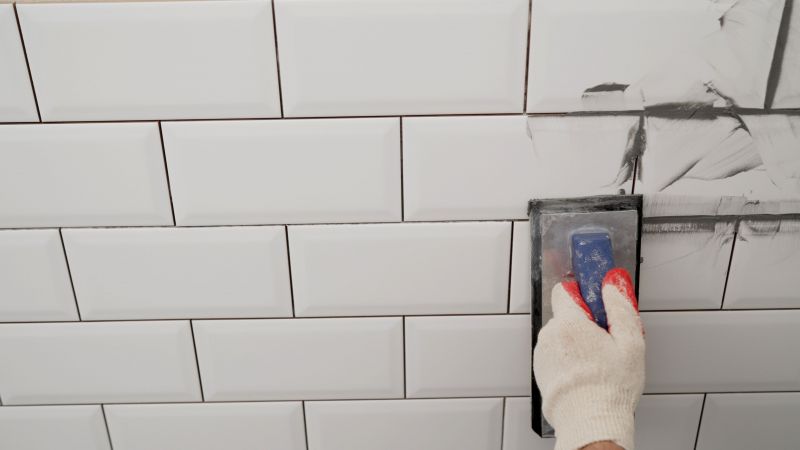
Image depicting the removal of old grout and application of new grout.
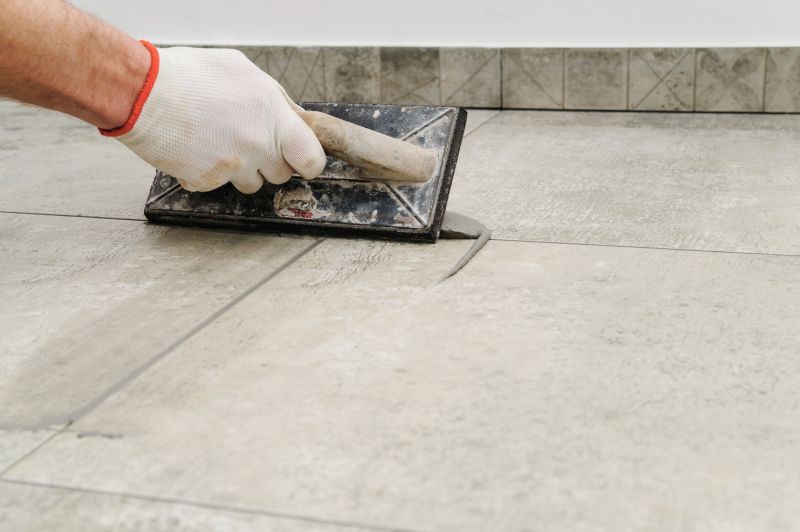
Image showing grout saws, trowels, and cleaning tools.
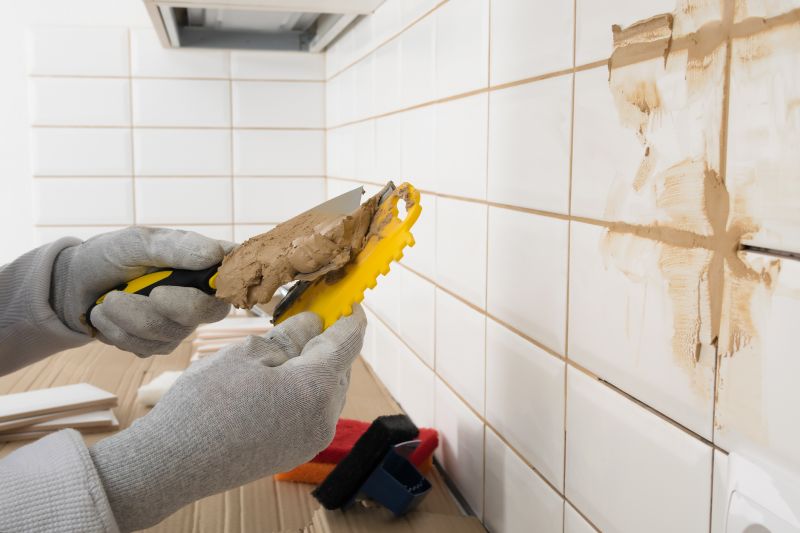
Image of a freshly regrouted shower with clean lines.
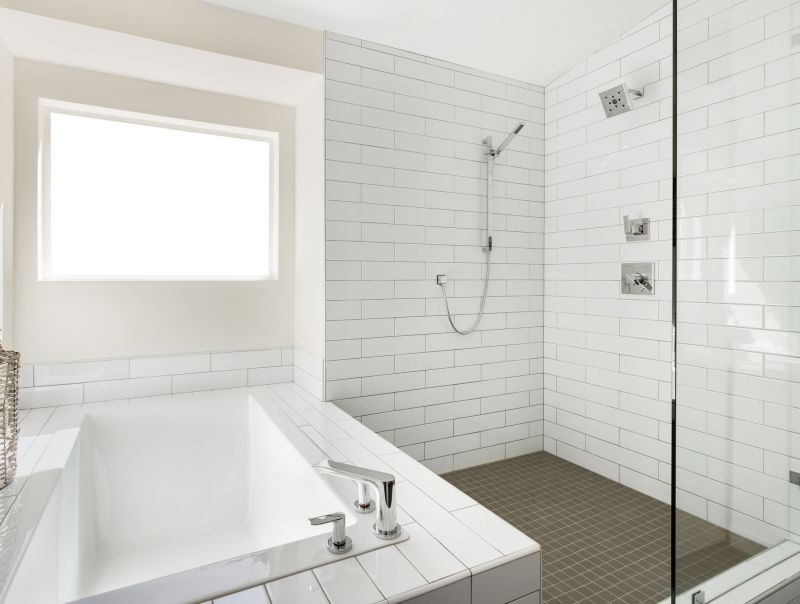
Ways to make Shower Grout Regroutings work in tight or awkward layouts.
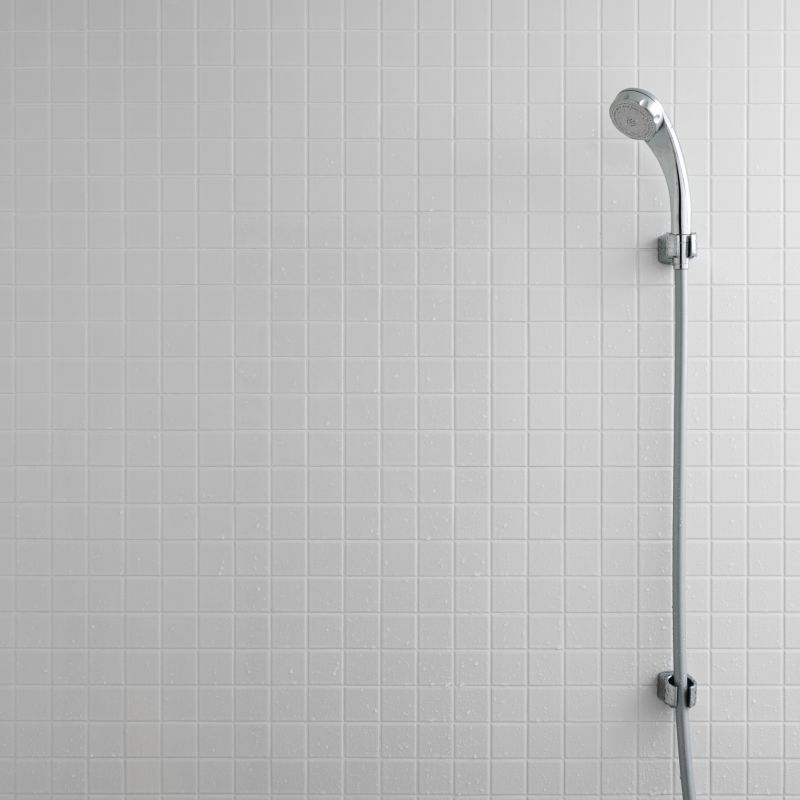
Popular materials for Shower Grout Regroutings and why they hold up over time.
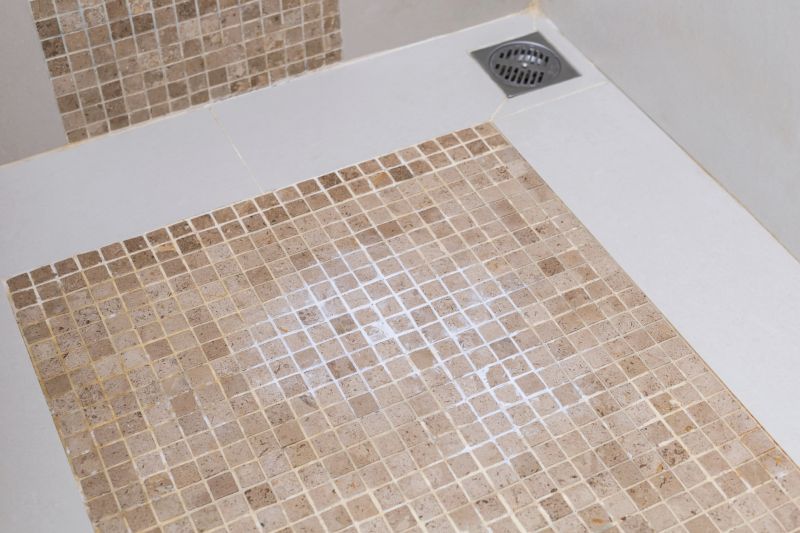
Simple add-ons that improve Shower Grout Regroutings without blowing the budget.
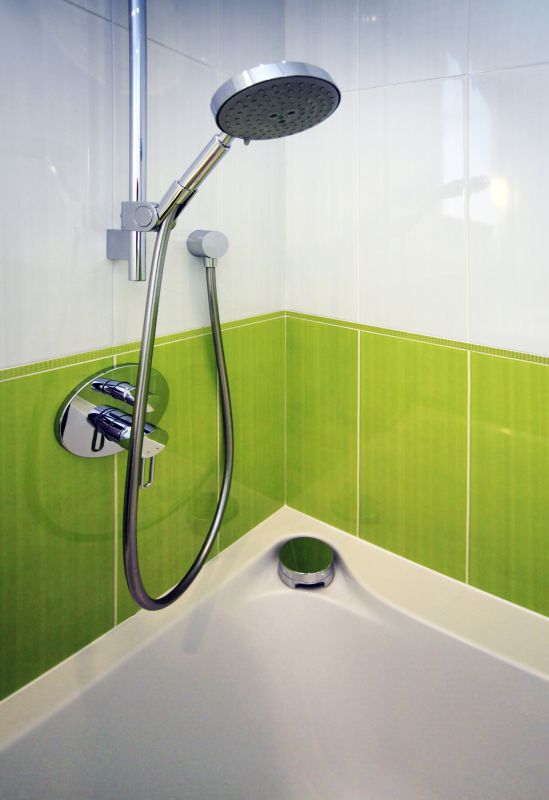
High-end options that actually feel worth it for Shower Grout Regroutings.

Finishes and colors that play nicely with Shower Grout Regroutings.
| Aspect | Details |
|---|---|
| Best Season | Spring or early summer for optimal drying conditions. |
| Weather Conditions | Dry and warm weather minimizes moisture issues. |
| Humidity Levels | Low humidity is ideal for curing. |
| Existing Damage | Regrouting is more urgent if grout is heavily damaged. |
| Usage Frequency | High usage accelerates grout deterioration. |
| Preparation Time | Allow 24-48 hours for cleaning and drying. |
| Material Compatibility | Ensure grout type is suitable for bathroom environment. |
| Professional Advice | Consult a specialist if unsure about timing. |
Shower grout regroutings are essential for maintaining the appearance and functionality of a shower enclosure. Proper timing ensures that the new grout adheres well and lasts longer, reducing the need for frequent repairs. Regular inspections can help identify early signs of deterioration, allowing timely intervention. The process involves removing compromised grout, cleaning the area thoroughly, and applying new grout with proper curing time.

Image of grout removal and application process.
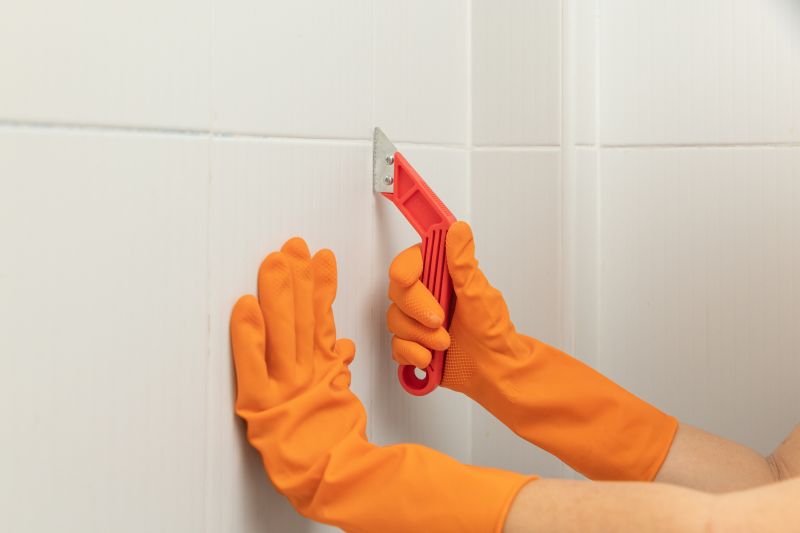
Close-up of grout saws and mixing tools.
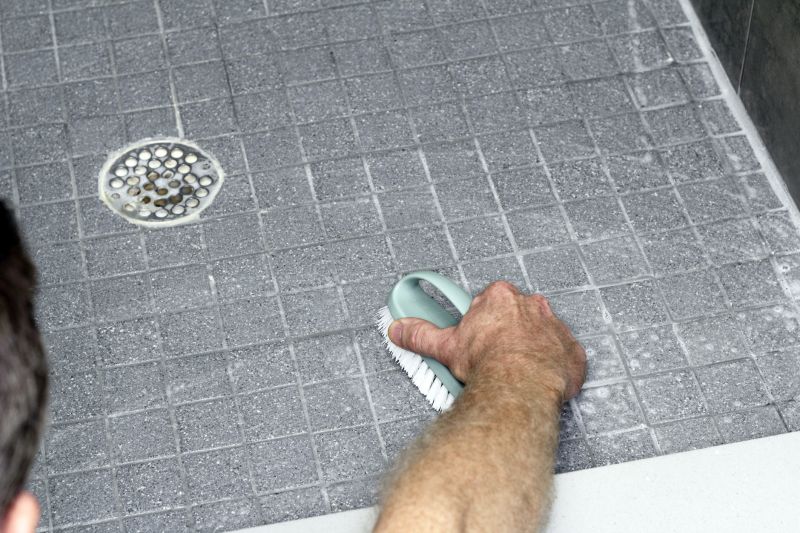
Showcasing a clean, new grout line.
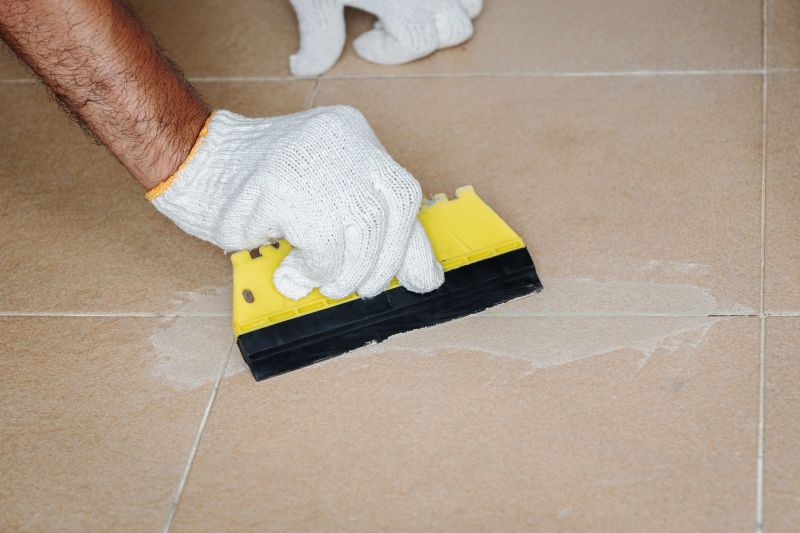
Technique for even and durable grout lines.
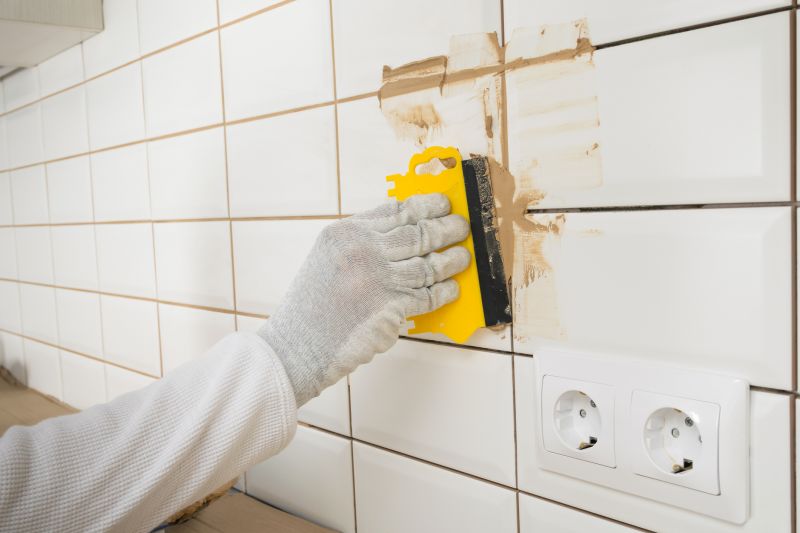
Little measurements that prevent headaches on Shower Grout Regroutings day.

A 60-second routine that keeps Shower Grout Regroutings looking new.
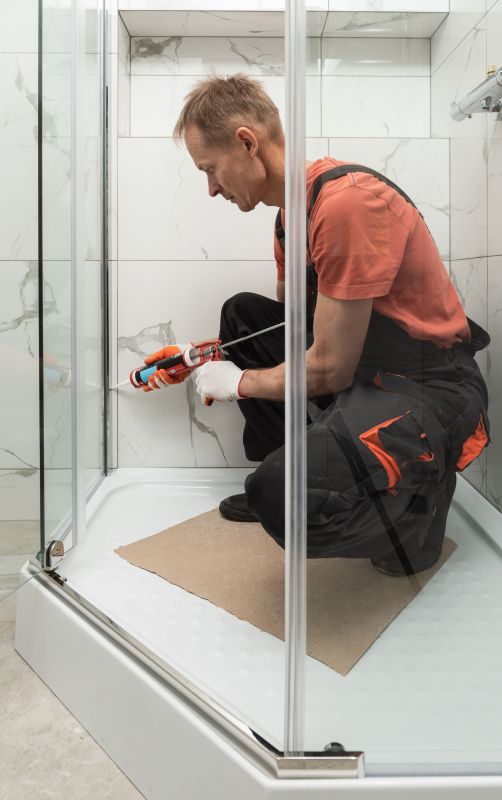
A frequent mistake in Shower Grout Regroutings and how to dodge it.
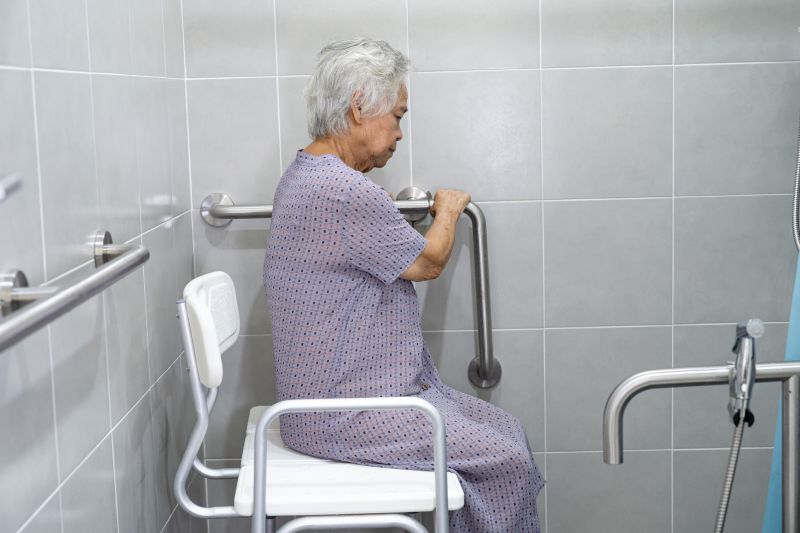
Small tweaks to make Shower Grout Regroutings safer and easier to use.
Timely regrouting not only improves the aesthetic appeal of a shower but also prevents water damage and mold growth. It is advisable to schedule regrouting during periods of low humidity and warm weather, ensuring the best conditions for grout curing. Regular maintenance and inspections can extend the lifespan of the grout and preserve the integrity of the shower enclosure.
Fill out the contact form to inquire about shower grout regrouting options and scheduling.
